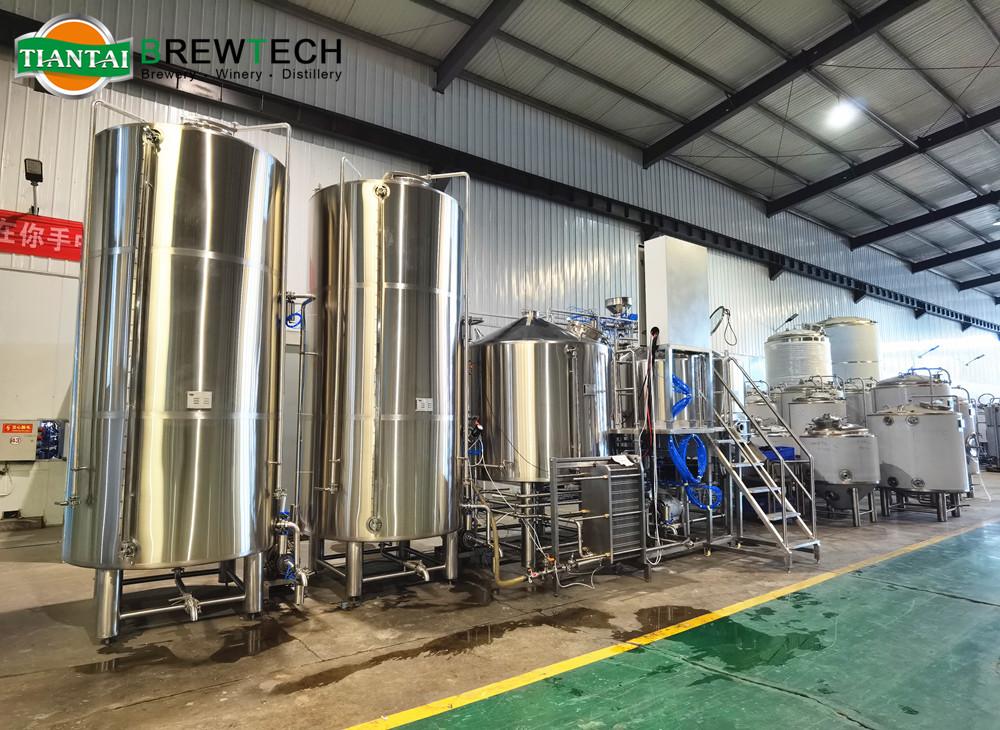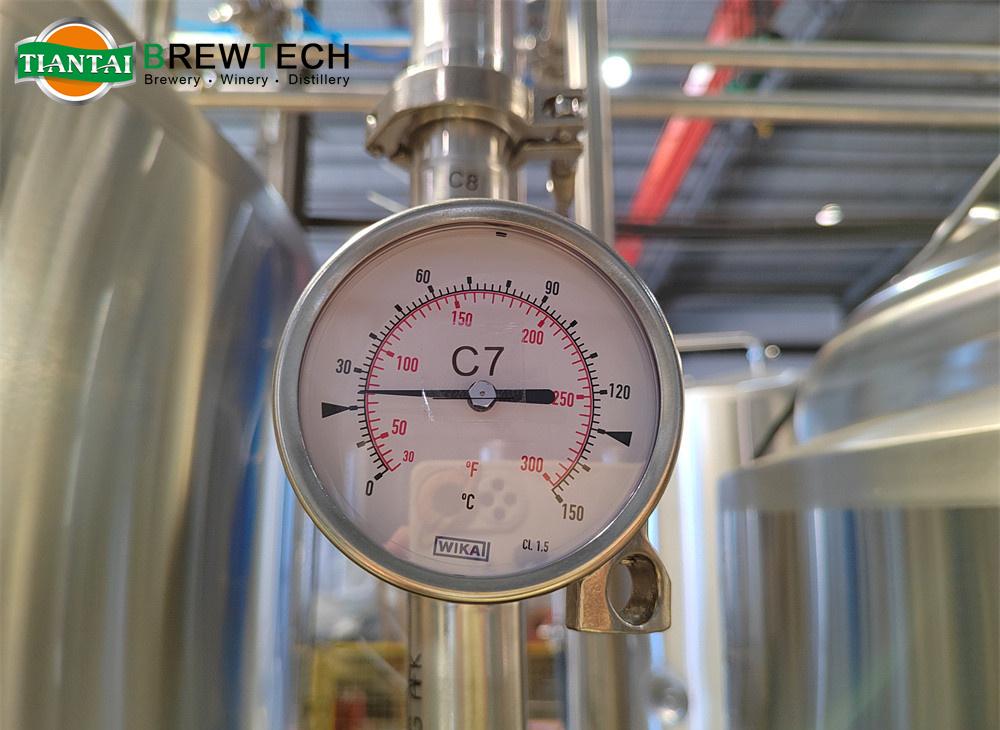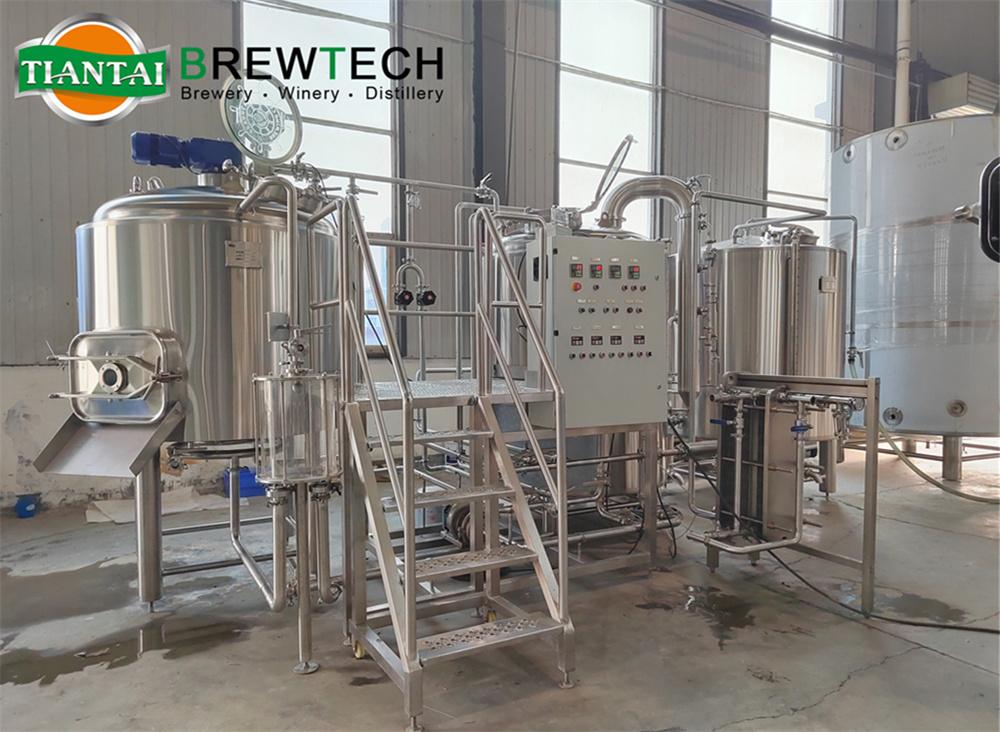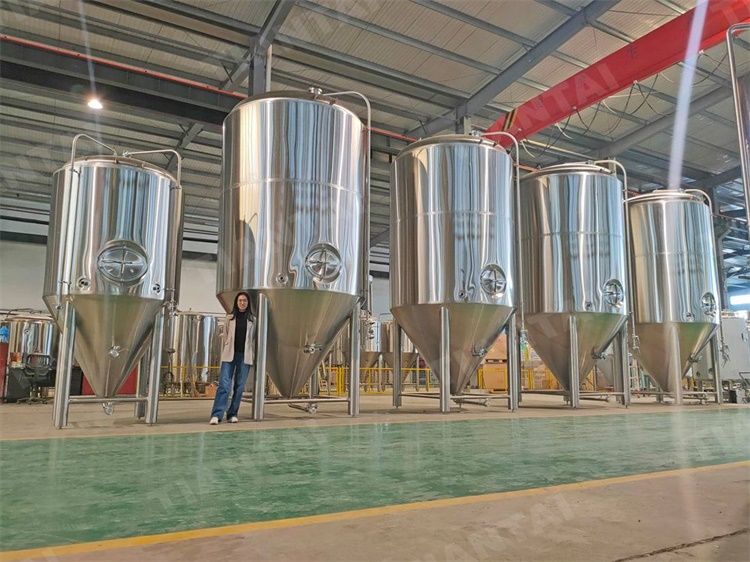Here we would like to explain the different mashing processes are designed to make as much soluble material available as possible from different malts.
The mashing process applies different temperatures to the mash that are ideal for breaking down the different parts of the starchy endosperm. Pro-teases with an optimum working temperature of 35°C–45°C (95°F–113°F) break down the protein matrix holding the starch granules. Glucagon have an optimum temperature of 45°C–55°C (113°F–131°F) and break down the hemicelluloses gums, whereas amylases break down the starch granules and work best at 61°C–67°C (141.8°F–152.6°F).

In the UK most ales are traditionally brewed using an infusion mashing process where good-quality, well-modified malt is mashed into a “mash tun,” where it is held at approximately 65°C (149°F) for at least 1 h. During this hour, the malt sugars and other materials are released from the grist by action of enzymes in the malt. The mash is then sprayed with hot water, called sparging (at about 75°C [167°F]), which runs through the mash and out of the mash tun through a slotted false bottom, taking with it all the soluble material that forms the wort, the sweet liquid that the yeast will ferment into beer.
This infusion process is sometimes called isothermal infusion mashing, because only one temperature is used. It is made possible because barley-growing conditions in the UK are ideal for the production of very well-modified malt. When well-modified malts are produced, many of the enzymic processes to break down the proteins, hemicelluloses, and gums have already taken place in the malting house. Infusion mashing has always been used in the UK to produce ales, and it remains the simplest mashing process.

As the quality of malting barley improves, infusion mashing is used by many craft brewers to brew lagers, wheat beers, and other types of beers. Because the infusion mashing method requires only two brewhouse vessels (a mash/lauter vessel and a kettle) to produce hopped wort, it is still widely used among small breweries and pub breweries.
Most lager brewers and larger ale brewers outside the UK employ a process called temperature- programmed infusion mashing. This process involves heating an infusion mash through a series of temperature rises and then resting the mash at that temperature for a specified period before rising to the next temperature.
These temperature rests are sometimes called “stands.” Heating of the mash is carried out by passing steam or hot water through heating panels within the walls of the mashing vessel, which is also fitted with an agitator to ensure good mixing. This process normally starts by mashing the malt at approximately 45°C–50°C (113°F–122°F) into a mashing vessel, sometimes called a conversion vessel.
The mash is often held at this temperature for anywhere from 10 to 25 min, during which enzymes work on the protein and gums in the grist to release the starch from which the malt sugars are made.
The proteins must be broken down to form amino acids; these are valuable yeast nutrients during fermentation. Higher weight protein materials are also broken down, lest they later contribute to unwanted haze in the finished beer. Other proteinaceous material is also a contribution to beer foam, and too long a stand at 45°C (113°F; called a protein rest or stand) can be deleterious to a beer’s foaming quality.
After the protein rest, the mash is heated to 62°C–67°C (143.6°F–152.6°F) for the saccharification stand. The enzymes (called amylases) that break down starch and bigger sugar molecules into fermentable sugars work best at this these temperatures. The amount of sugar produced in the mash is largely a function of the amount of grist used.

However, different saccharification temperatures will produce different sugars in the wort and therefore different beers. Mashes performed with low saccharification temperatures produce a greater proportion of fermentable sugars in the resulting wort and will produce a drier beer with higher alcohol content. Conversely, saccharification temperatures toward the top of the range will result in less fermentable worts and sweeter, more full-bodied beers, and these will have a lower alcohol content produced from the same amount of grist. The final stage is to heat the mash up to about 75°C (167°F) prior to transfer to a mash separation vessel, usually a lauter tun.
This final heat rise deactivates the enzymes and reduces the viscosity of the wort, thus giving a faster runoff. This is often referred to as “mashing off.” Some beer types are best brewed using specially tailored temperature-programmed infusion mashes that will perform different functions. For example, many wheat-based beers are mashed with longer protein rests (wheat having more protein than malting barley) or other rests designed to favor the production of certain flavors in the finished beer. The brewer can therefore fine-tune the wort to create exactly the flavor and aroma desired.
Tiantai beer equipment is a professional beer brewing system manufacturer, we study your proposal to provide you a specific solution on your brewery equipment. Brewing great craft beer with Tiantai brewery machine, Cheers.
Edited By Daisy Cai
[email protected]



.jpg)


Get In Touch